Tips For Properly Harvesting and Saving Heirloom Seeds
Preserving heirloom seeds is not only a wonderful way to celebrate family traditions, but a way to trim your yearly gardening budget and help preserve unique varieties of plants. We have the step-by-step instructions so you can get started this year.
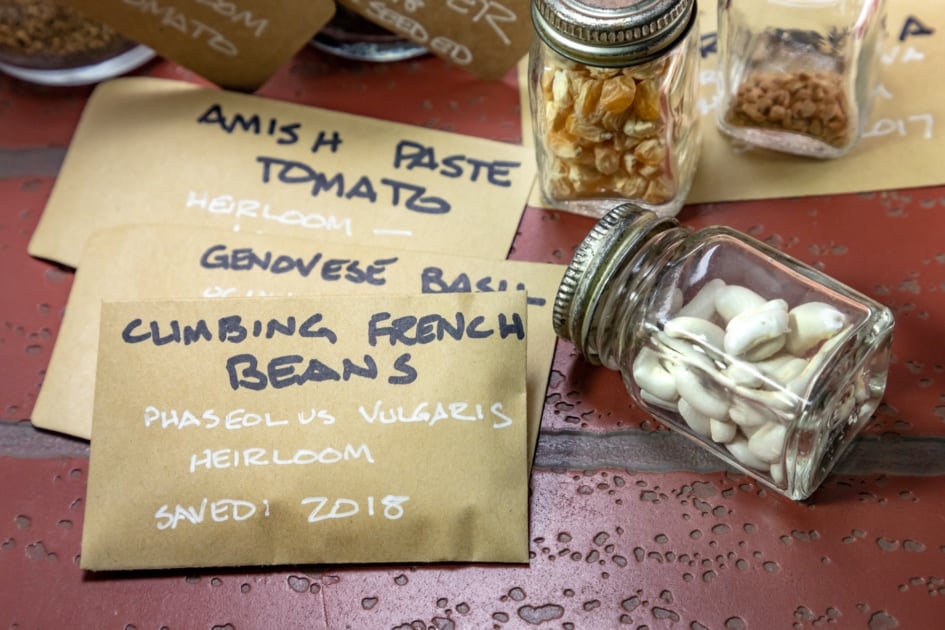
When Pasquale Mattei left his native Italy, he brought, amongst his few possessions, a small jar full of dried string beans. In Italy, his family had grown them, and in his new home, across the ocean in a small backyard in Paterson, New Jersey, the heirloom seeds would help sustain his wife and nine children.
As an immigrant laborer with a fourth-grade education, every square inch of dirt in his yard grew something edible. “You can’t eat grass,” Mattei used to say. He taught his grandson Thomas how to garden, and when Thomas had his own yard and his own children, he would teach them to grow the beans and save the seeds, and tell them how they became a cherished family heirloom.
Preserving heirloom seeds is a wonderful way to celebrate family traditions, but there are plenty of other compelling reasons to save any type of seed. Seed saving helps trim your yearly gardening budget while allowing you to continually grow plants that do well in your backyard growing conditions. It also helps maintain the genetic diversity of our plants at a time when many unique varieties have disappeared.
Preserving Heirloom Seeds – Getting Started
Before you can save seeds, you must grow healthy plants. Sufficient watering during the flowering and seed formation stages is vital to healthy seed growth.
Selecting The Right Seeds
When selecting seeds to save, choose healthy, robust plants, and be sure to remove any diseased plants from your garden so you can avoid contamination. It is important to allow seeds to fully mature to maximize vigor and viability. For seeds that will be left to dry on the plant, a period of dry conditions at the end of the plant’s life cycle is optimal for full seed maturity.
When saving heirloom seeds, it is important to pick seeds from a wide array of plants in order to preserve the entire range of genetic traits in the variety. All plants should be nurtured to maturity and an equal number of seeds saved from each, except for clearly diseased or atypical plants.
Caution: Don’t Cross-Pollinate!
One caveat to seed saving is to be careful of cross-pollination. The easiest way to avoid this is to grow one species at a time, or grow similar plants at an ample distance apart. The USDA publishes a minimum distance chart that gives the recommended spacing for many different vegetables.
It is also important to note that the squash family includes many different plants, including watermelons, cantaloupes, gourds, and cucumbers. If you are planning on saving seeds from the squash family, be sure to choose only one from each cross-pollinating species.
Important tips when growing multiple varieties of the same species:
- Plants can be grown in separate screened cages that can be removed on alternate days, which allows them to be pollinated while still quarantining them from commingled pollen.
- Individual flowers can be bagged in cheesecloth and removed on alternating days.
- Plantings can also be staggered so that the flowering periods do not overlap, if your growing season allows.
- As well as protecting your plants from being cross-pollinated from your own garden, it is also imperative to know what your neighbors are growing, if they have a vegetable garden in close proximity to yours, or any wild varieties of a plant (e.g., Queen Anne’s lace is a wild variety of carrot) that may grow in your region.
Tips For Harvesting Dry Seeds
If you are harvesting dry seeds, you can pick pods or husks and let them dry after, but it is preferable to allow the seeds to dry on the plant. Afterward, harvest and store them in a dry place for a week or two until the husks or pods easily crumble apart.
To separate the seeds from the pod and husk pieces, or chaff, begin by picking out the largest pieces by hand. The rest of the chaff can be separated by sifting or winnowing.
Sifting the seeds is as easy as having two different-sized screens: one screen large enough for them, but not the larger chaff, to fall through, and another small enough to catch the seeds but nothing else.
Winnowing involves using air to blow away the chaff while leaving the heavier seeds behind (see one method, below). This can be accomplished by simply putting the seeds and chaff into a slope-sided bowl and blowing across it to remove the chaff. Winnowing can also be performed by dropping the seeds and chaff into a bucket in front of a fan. Depending on their size and the speed of the fan, it will take some adjustments to find the perfect amount of air that will blow away the chaff but let the denser seeds fall through to the bucket below.
Tips For Collecting Wet Seeds
To collect wet seeds, allow the fruits to fully mature. This usually means letting them grow far past the eating stage. Remove the seeds and clean them in a bowl of water, gently separating the seeds from the pulp. Most of the pulp and dead seeds will float to the top, where they can be slowly poured off. Drain seeds of excess moisture; then spread them on a ceramic plate or cookie sheet. Don’t dry seeds on paper or other porous surfaces as they will stick.
Fermentation Method
Some, like tomato seeds, require fermentation to be viable. The process for saving tomato seeds mimics the natural process of fermentation in rotting fruit in the digestive tract of an animal by removing germination-inhibiting substances that keep them from germinating within the fruit.
Begin by squeezing the seeds and pulp into a jar and adding water. There should be about half as much water as seed and pulp. Store the mixture in a warm spot (75–85°F) for two to five days. It will start to bubble and form a thin film of white mold. Once the mold is observed for a day, strain mixture and clean according to previous wet seed instructions.
Storing Your Seeds
Before storing your seeds, dry them in a well-ventilated location for two or more weeks. Your seeds must be fully dry to avoid mold and mildew and should snap in half instead of bending. Store seeds in an airtight container in a cool, dry place. For long-term storage, keep the container in the back of the refrigerator or the freezer. No matter where they are stored, the most important thing to avoid is temperature or humidity fluctuations.
Heirloom seed saving reinforces the core reasons to garden—self reliance, connecting with the earth, and the deeply satisfying wonderment of watching nature at work. It can also create memories, family traditions, and some delicious recipes.

Butch Mockler
Butch Mockler is a New Jersey native now living in Southern Maine with his wife and son (and hound dog). He’s a woodworker by trade, a writer in his spare time and an avid fisherman and bow hunter. He also comes from a long line of fine Italian home cooks, and has discovered a new passion in gardening and homesteading. His article, Small Space Gardening Ideas, appears in the 2019 Farmers' Almanac.

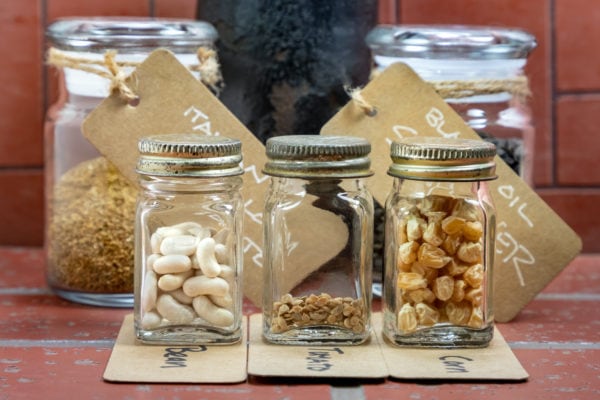
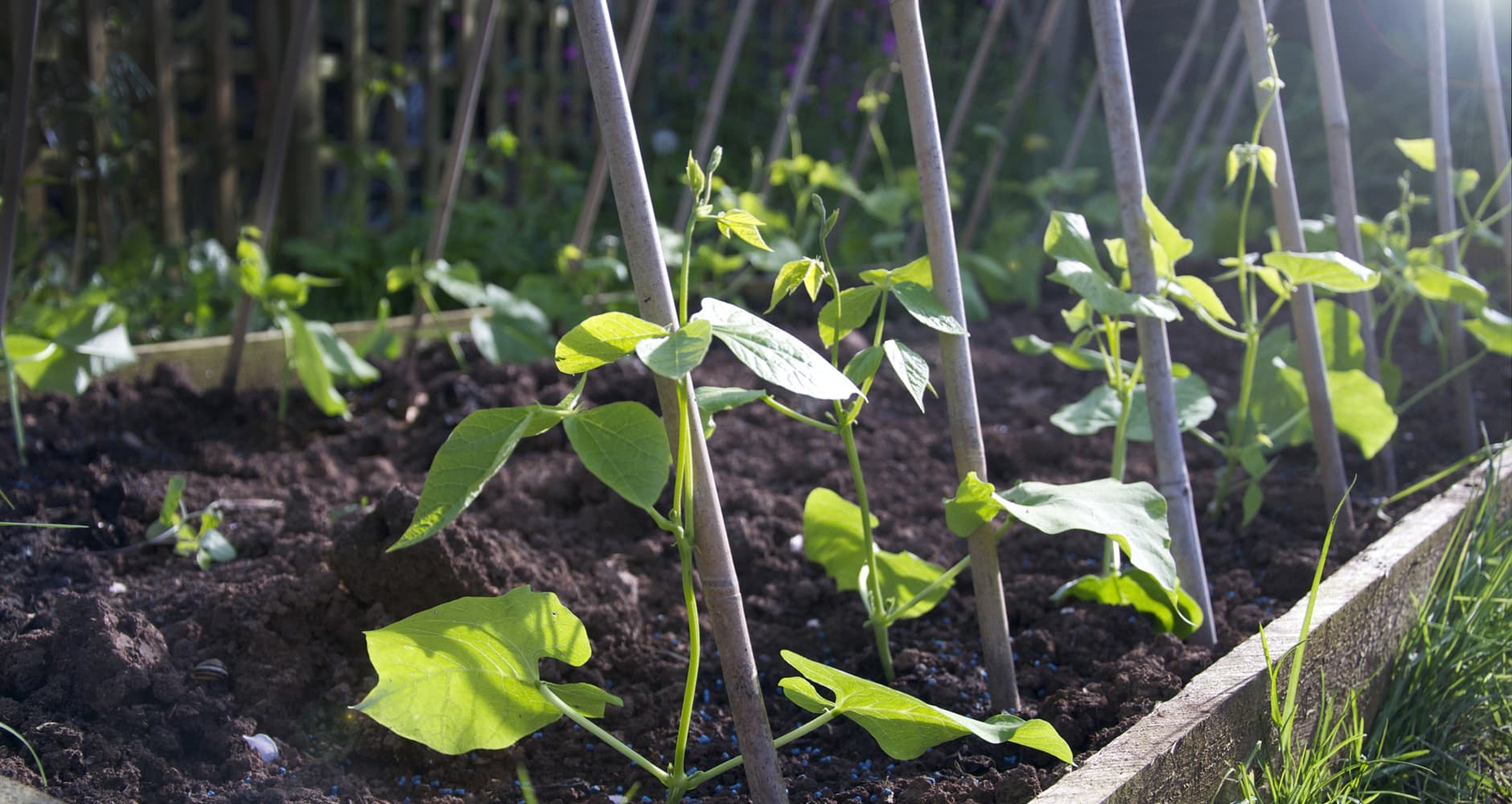
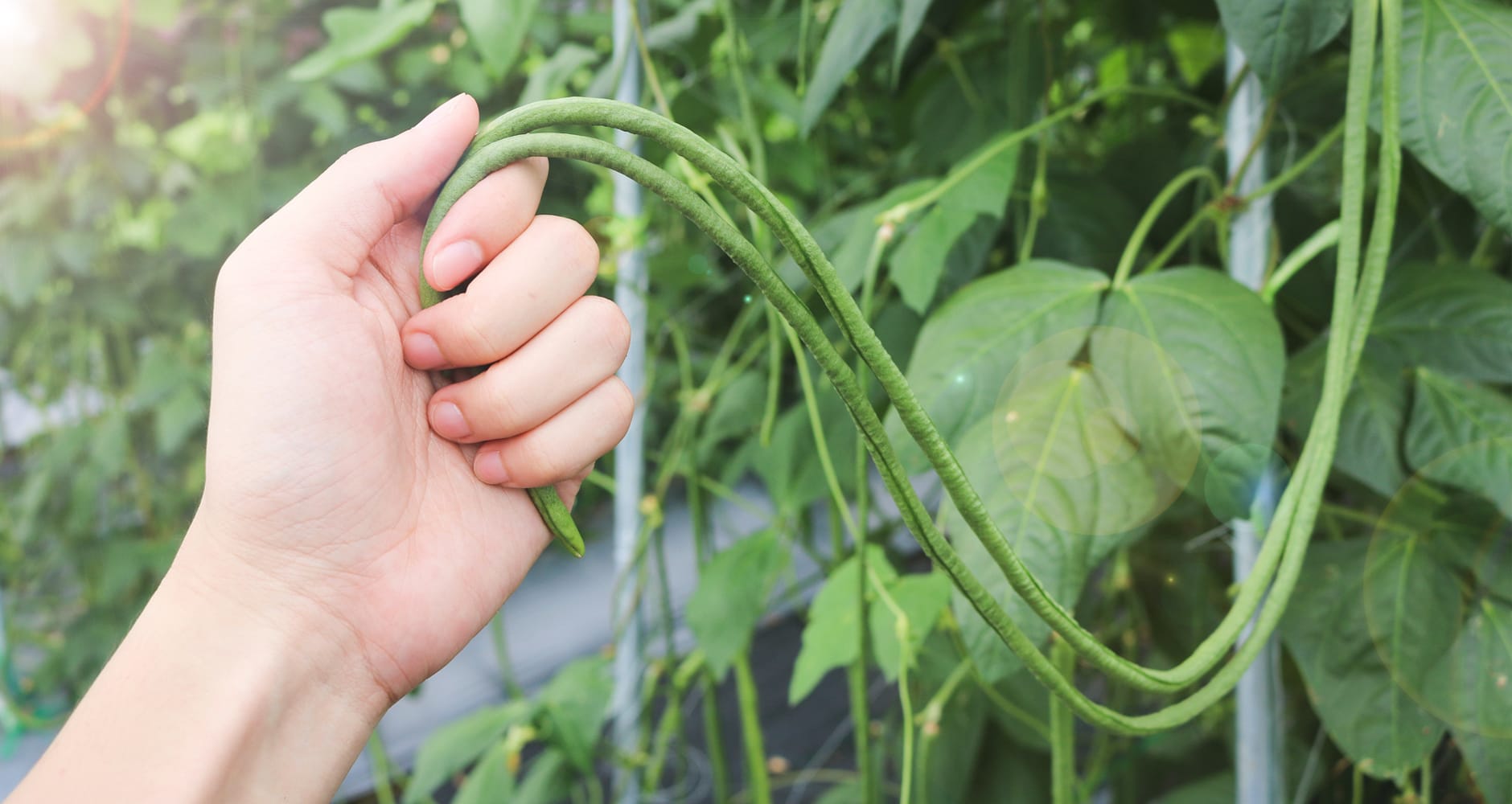
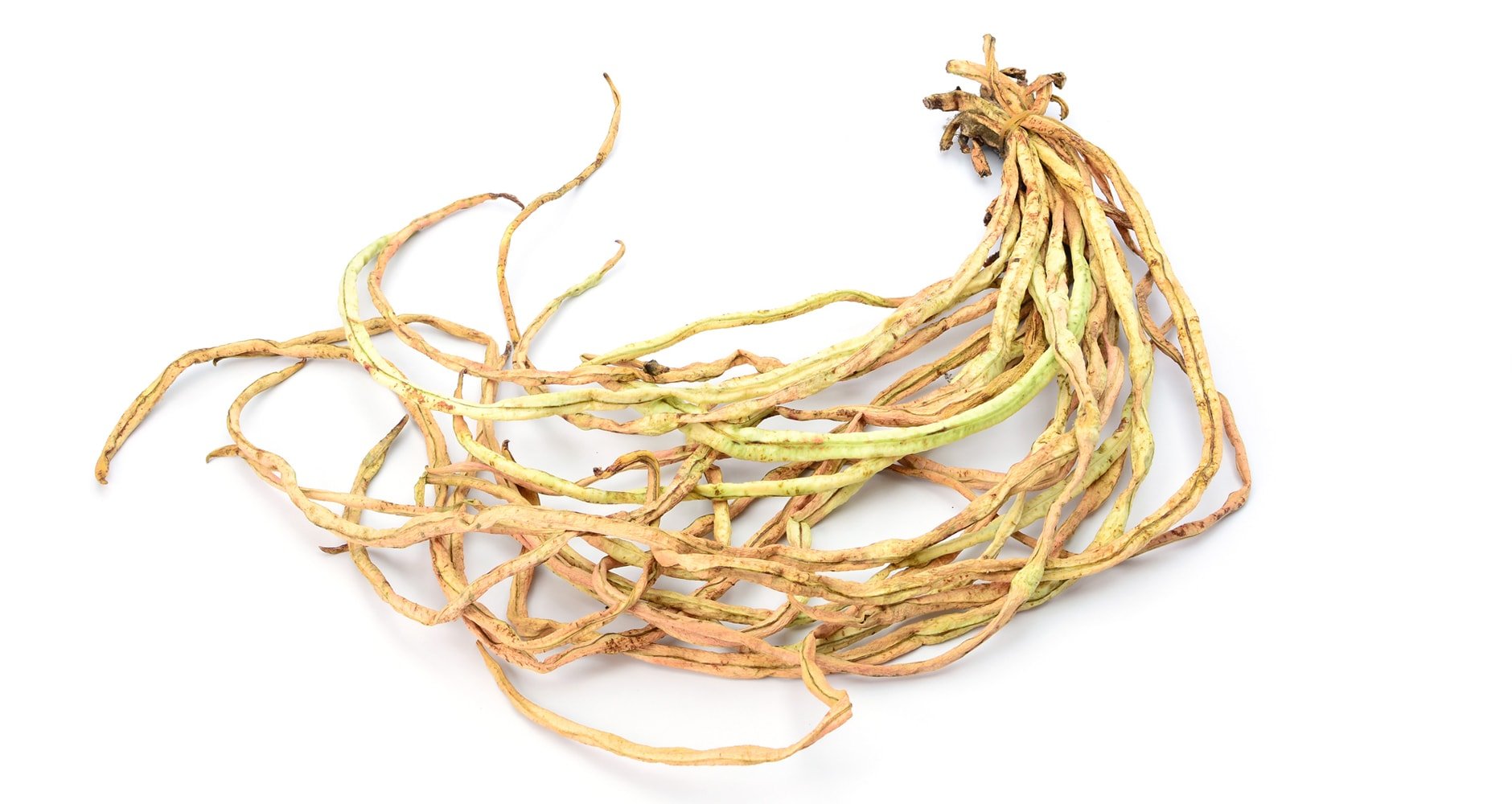


To save family okra seed after completely dry can we vacuum seal and if so do we store atroom.temp, reddit is freezer
I’ve been reading about seed saving and I am curious. Is it legal to save heirloom seeds from your own garden? I just learned about seed saving laws and learned it is illegal to save seeds in my state. Does this apply to only farming or is the personal garden included in this? I love saving my own seeds but I didn’t know it was illegal.
Hi Elizabeth, we heard about this as well. You should be OK to save your own seeds, I think swaps are what are illegal. But it’s crazy, right? “Lobby for your state to update their laws to match the Recommended Uniform State Seed Law (RUSSL), which allows seed swaps, seed libraries, and seed banks while still protecting the economic system that makes the production of new varieties viable.”